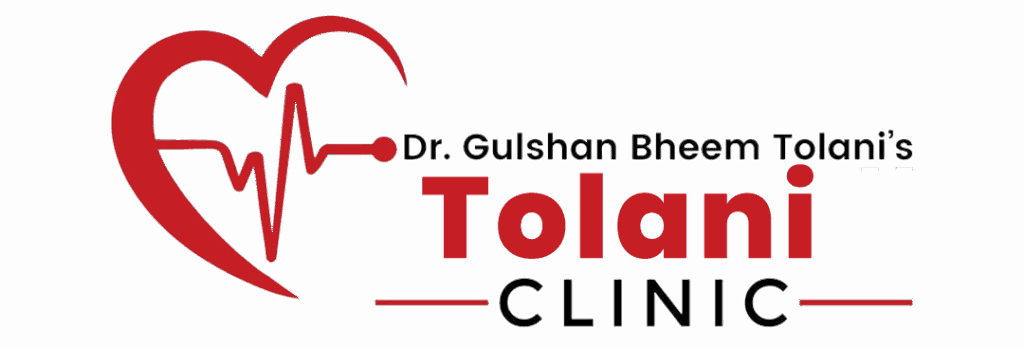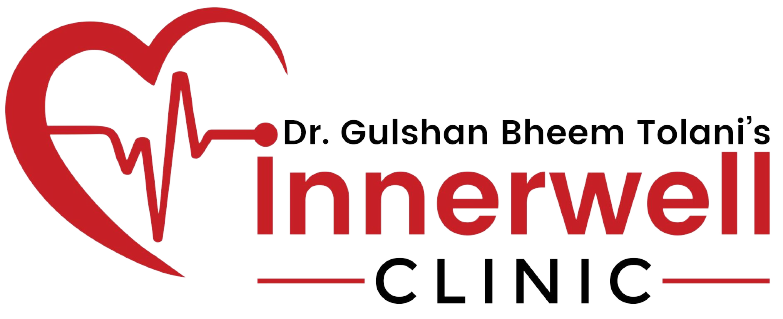Respiratory Diseases
Respiratory Diseases
Respiratory diseases encompass a wide range of conditions that affect the respiratory system, which includes the lungs, airways, and related structures. These diseases can have varying degrees of severity and may impact breathing and overall lung function. In this article, we will explore the different types of respiratory diseases, their causes, common symptoms, diagnostic methods, and available management strategies.

Types of Respiratory Diseases:
Chronic Obstructive Pulmonary Disease (COPD):
A group of progressive lung diseases, including emphysema and chronic bronchitis, characterized by airflow obstruction and difficulty breathing.
Asthma:
A chronic condition that causes inflammation and narrowing of the airways, leading to recurrent episodes of wheezing, coughing, and shortness of breath.
Pneumonia:
An infection that inflames the air sacs in one or both lungs, leading to fluid or pus buildup and difficulty breathing.
Tuberculosis (TB):
An infectious disease caused by the bacterium Mycobacterium tuberculosis, primarily affecting the lungs but can also affect other organs.
Pulmonary Fibrosis:
A condition in which lung tissue becomes scarred, leading to reduced lung function and breathlessness.
Lung Cancer:
Abnormal cell growth in the lungs that can lead to the formation of tumors and compromise lung function.
Acute Respiratory Distress Syndrome (ARDS):
A severe lung condition characterized by fluid buildup in the air sacs, making it difficult for the lungs to supply oxygen to the bloodstream.
Common Symptoms of Respiratory Diseases:
Shortness of Breath:
Difficulty breathing or feeling breathless, especially during physical activity.
Persistent Cough:
A chronic cough that lasts for weeks or months, producing phlegm or mucus in some cases.
Wheezing:
High-pitched whistling sounds during breathing, often associated with asthma or COPD.
Chest Pain:
Discomfort or pressure in the chest, which can be caused by inflammation or infection.
Fatigue:
Feeling tired or exhausted due to reduced lung function and impaired oxygen supply.
Management of Respiratory Diseases:
Medications:
Inhalers, bronchodilators, corticosteroids, and antibiotics may be prescribed depending on the condition.
Oxygen Therapy:
In severe cases, supplemental oxygen may be administered to improve oxygen levels.
Pulmonary Rehabilitation:
Exercise, education, and support to improve lung function and quality of life.
Lifestyle Changes:
Quitting smoking, avoiding triggers, and reducing exposure to pollutants can prevent exacerbations.
Vaccination:
Getting vaccinated against influenza and pneumonia can reduce the risk of complications in vulnerable individuals.
Conclusion:
Respiratory diseases can significantly impact an individual’s quality of life and overall health. Early diagnosis, appropriate treatment, and lifestyle changes are crucial in managing these conditions effectively. Preventive measures, such as avoiding smoking and environmental pollutants, as well as staying up-to-date with vaccinations, can help reduce the risk of respiratory illnesses. Regular check-ups and communication with healthcare providers are essential for early detection and optimal management of respiratory diseases, ensuring better lung health and improved well-being.


